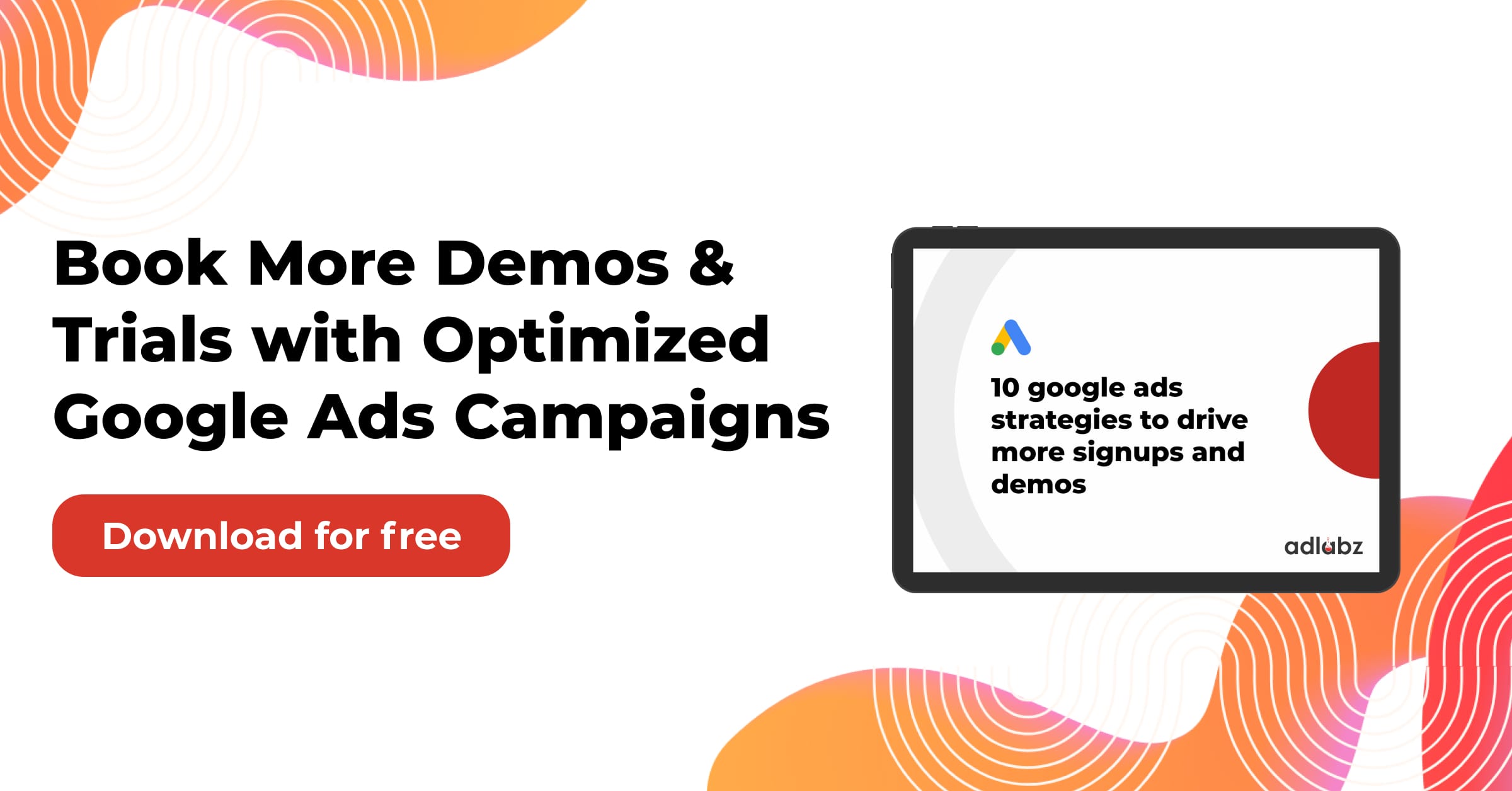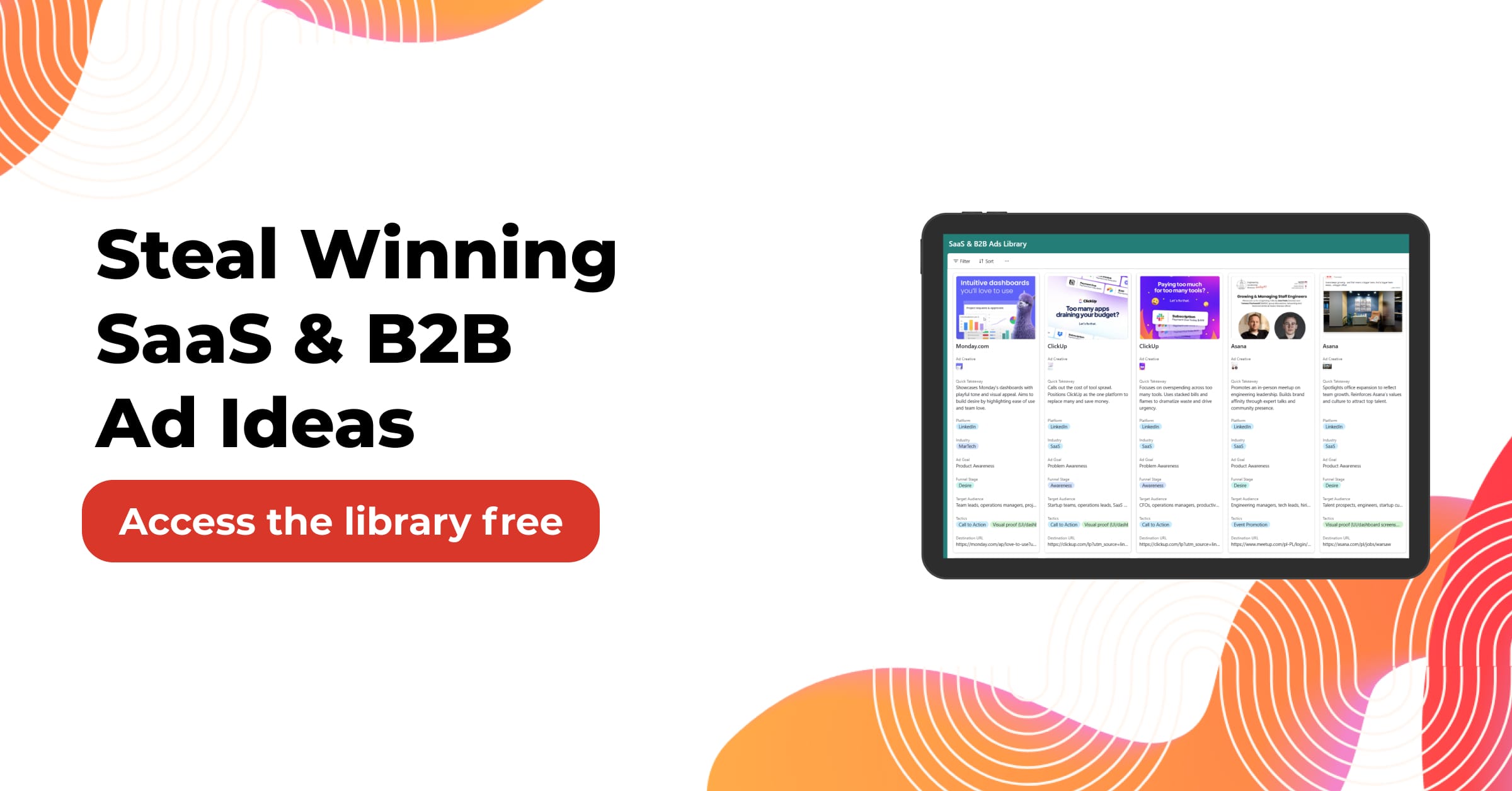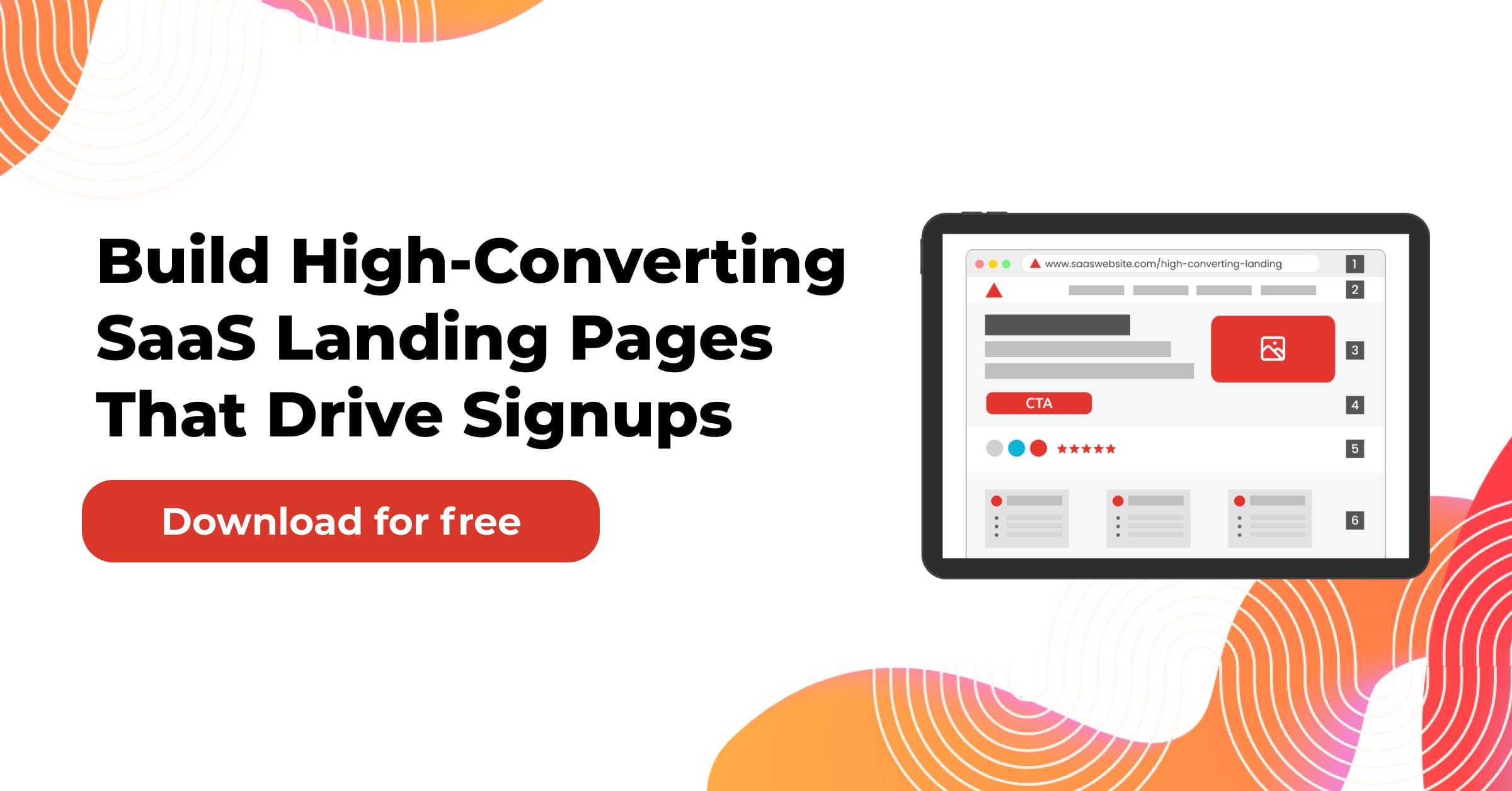Why Is Paid Search No Longer Enough on Its Own?
Paid Search has been the backbone of digital advertising for two decades. Businesses rely on it to put their products and services in front of buyers who are already searching. However, as competition intensifies, costs increase, and consumer behaviors evolve, simply running Paid Search campaigns is no longer sufficient to achieve sustainable growth.
The problem is not that Paid Search has lost its power, but that it has become too crowded. When every brand bids on the same terms, smaller players are often pushed out by deep-pocketed competitors.
To build a fairer advertising ecosystem, diversification is now essential. That means blending Paid Search with other formats and channels to create a balanced, future-ready strategy.

Jump to:
What Makes the Current Paid Search Landscape So Challenging?
Search engines have introduced automation, machine learning, and AI-driven bidding strategies. While these tools improve efficiency, they also reduce advertiser control. Many smaller businesses feel that their budget is wasted because they cannot compete against bigger brands that dominate impression share.
Another challenge is cost. The average CPC across industries keeps climbing. For example, legal services in the US often see CPCs exceeding $50, while eCommerce brands can struggle with thin margins if their CPCs rise even slightly.
Consumers, too, have become less predictable. They search on multiple devices, cross channels before making decisions, and expect personalized experiences at every step. Paid Search alone cannot cover all these touchpoints.
Image suggestion: A bar chart showing rising CPCs across industries over the past five years.
How Can Diversification Improve Paid Search Performance?
Diversification does not mean abandoning Paid Search. It means using it as part of a larger, connected strategy. By investing in multiple platforms, businesses can:
- Reduce over-dependence on one channel
- Lower CPCs by reaching audiences earlier in the journey
- Create fairness by leveling opportunities for smaller advertisers
- Improve attribution visibility by covering multiple touchpoints
For example, a SaaS startup may run Paid Search ads for high-intent keywords while also using LinkedIn to build awareness and YouTube for product education. Each channel supports the others.
| Channel | Primary Role | How It Supports Paid Search |
|---|---|---|
| Google Search | Captures high intent | Direct conversions |
| LinkedIn Ads | B2B awareness | Builds audience before search |
| YouTube Ads | Product education | Builds an audience before search |
| Builds an audience before search | Retargeting | Reduces drop-offs |

What Does Diversification Look Like in Practice?
Imagine a mid-size eCommerce brand selling eco-friendly kitchenware. In the past, they may have relied only on Paid Search for traffic. Today, a diversified approach could look like this:
- Paid Search captures users looking for “eco-friendly cookware.”
- YouTube ads educate audiences on why eco-friendly products matter.
- Instagram ads retarget people who watched the video.
- Email campaigns nurture these prospects with product stories.
- Search remarketing lists target warm users with branded ads.
This layered strategy prevents budget exhaustion in competitive search auctions while still keeping Paid Search at the center of conversion capture.

Is Diversification Only for Large Budgets?
A common concern is that diversification requires deep pockets. But smaller advertisers can benefit just as much by spreading their spend smartly rather than trying to outbid competitors in Paid Search.
For example, instead of allocating $10,000 entirely to search ads, a local service provider might divide:
- $5,000 to Paid Search for lead generation
- $3,000 to Display and Discovery campaigns for awareness
- $2,000 to YouTube tutorials to educate the audience
Even modest diversification can improve cost efficiency by reducing reliance on expensive CPCs.

How Does Diversification Create Fair Advertising?
The concept of fair advertising is about giving all businesses a fair shot, regardless of budget size. When diversification becomes the norm, opportunities expand:
- Smaller brands can gain visibility on less saturated channels
- Consumers see a wider variety of relevant ads, not just from dominant players
- Competition moves from pure bidding wars to creative, educational, and contextual engagement
This balances the ecosystem and ensures that Paid Search is not a gatekeeper, but a part of a broader fair-access model.
What Role Does Data Play in Diversification?
Diversification without data is like flying blind. To make informed decisions, businesses need to track performance across channels and understand how each touchpoint contributes to conversions.
Google Analytics 4, HubSpot, or other attribution tools can show whether someone first saw a YouTube ad, clicked a Display retargeting ad, and finally converted through Paid Search.
By analyzing this path, advertisers can assign value fairly and avoid over-crediting Paid Search for conversions that were actually influenced by multiple steps.
Example:
- 60% of conversions involved at least two touchpoints.
- 35% started on social and ended on Paid Search.
- 25% started with a video view before searching.

Can Diversification Reduce the Risk of Platform Dependence?
Yes. One of the biggest risks of relying only on Paid Search is dependence on a single platform. If Google increases CPCs, changes policies, or tightens automation, advertisers have little control.
Diversification acts as insurance. By building presence across LinkedIn, Meta, Bing, and YouTube, brands spread risk and create resilience. If one platform underperforms, others continue to generate leads.
This future-proofing strategy is especially important in a world where privacy changes, cookie deprecation, and AI-driven targeting are rapidly reshaping digital advertising.
What Are the First Steps to Diversify Beyond Paid Search?
For businesses that have relied solely on Paid Search, the transition can feel overwhelming. A phased approach works best:
- Audit current Paid Search performance. Identify gaps, wasted spend, and missed opportunities.
- Choose one additional channel. Start small with YouTube or LinkedIn, depending on your audience.
- Run test campaigns. Compare performance against Paid Search benchmarks.
- Expand gradually. Add retargeting and top-funnel awareness as you grow.
By testing step by step, advertisers avoid spreading budgets too thin and gain confidence in managing multiple channels.
Related Article: https://www.adlabz.co/pricing-strategies-for-multi-tenant-saas-products

How Can Advertisers Measure Success Across Channels?
Success in a diversified strategy is not just about the last-click conversion. Metrics should reflect the role each channel plays in the funnel.
| Channel | Key Metrics | Why It Matters |
|---|---|---|
| Paid Search | Cost per Conversion, ROAS | Measures bottom-funnel efficiency |
| YouTube | View rate, Engagement | Warms audience for later search |
| Display/Discovery | Impressions, CTR | Builds awareness and recall |
| Lead quality, Demo requests | Strong for B2B targeting |
Advertisers should set different goals per channel instead of expecting every channel to deliver immediate conversions.
What Does the Future Hold for Paid Search?
Paid Search is not going away. In fact, it will remain central to capturing high intent for years to come. But its role will shift. Instead of being the only performance channel, it will act as a conversion anchor supported by diversified media.
The brands that succeed will be those that embrace flexibility, spread their budgets across platforms, and create experiences that match the multi-touch reality of modern buyers.
Fairness in advertising will come not from a single channel dominating, but from a diverse, balanced ecosystem where creativity, education, and context matter as much as bid size.
What Common Mistakes Do Advertisers Make When Relying Only on Paid Search?
One of the biggest mistakes is assuming Paid Search alone will deliver consistent results forever. Businesses often make these errors:
- Overbidding on competitive keywords
They try to outbid larger competitors, draining budgets without sustainable returns. - Ignoring top-of-funnel users
Paid Search often captures people ready to buy, but neglects those still researching. - Failing to diversify messaging
Using the same ad copy across all campaigns results in ad fatigue and declining performance. - Neglecting attribution
Giving Paid Search 100% credit for conversions while ignoring the role of social, video, or display.
Each of these mistakes narrows growth potential. Diversification corrects them by spreading risk and reaching customers earlier in the journey.

How Do Consumer Behaviors Push Us Toward Diversification?
Modern consumers do not make decisions in a straight line. They:
- Start with a search, but quickly check reviews on social media.
- Watch a YouTube video demo before shortlisting.
- Compare on aggregator websites before returning to Paid Search for branded queries.
If a brand only invests in Paid Search, it misses most of these interactions. Diversification ensures that the brand stays visible across all the places where decisions happen.
Example:
A user searching for “CRM software” might click a Paid Search ad, but then go to YouTube to see tutorials, LinkedIn to read peer reviews, and finally return via a retargeting ad before purchasing.
How Can Smaller Brands Use Creative Strategy to Compete in Paid Search?
Smaller brands often feel crushed in Paid Search auctions by giants with massive budgets. But creativity can bridge that gap:
- Long-tail targeting: Instead of bidding for “insurance,” bid for “affordable health insurance for freelancers.”
- Localized campaigns: Focus on geo-targeted keywords where competition is lower.
- Unique messaging: Highlight values like sustainability, speed, or customer support that larger brands may overlook.
- Layered audiences: Combine Paid Search with remarketing audiences from YouTube or Display.
Creativity in diversification allows smaller brands to win attention without overspending.
What Role Does Content Play in Supporting Paid Search?
Paid Search ads work best when paired with content that educates and nurtures. Without supporting content, ads can feel transactional and shallow.
For example:
- A B2B SaaS firm might run Paid Search ads for “project management tool” and drive users to a blog comparing features with competitors.
- An eCommerce brand can use Paid Search to promote “organic skincare” but provide a landing page with detailed ingredient benefits.
Content creates depth, while Paid Search creates the entry point.
| Paid Search Trigger | Supporting Content | Desired Outcome |
|---|---|---|
| “CRM demo” | Video walkthrough of product features | Leads book demos |
| “Eco-friendly cookware” | Blog on benefits of sustainable products | Builds trust and conversions |
| “HR outsourcing” | Case study PDF | Increases B2B credibility |
Can Paid Search Work Without Diversification in 2025?
It is still possible for some businesses to rely heavily on Paid Search, but the risks are higher:
- CPC inflation makes it harder to scale.
- Policy changes can disrupt industries overnight.
- Consumer attention spreads across more platforms every year.
In other words, relying on Paid Search alone is like building a house on a single foundation block. It might stand today, but it is vulnerable tomorrow. Diversification builds multiple supports for long-term growth.
How Should Advertisers Prioritize Channels Beyond Paid Search?
Not every channel will be right for every business. The priority depends on the audience and goals:
- B2B firms: LinkedIn and Google Search are must-haves.
- E-commerce: Paid Search plus Instagram, TikTok, and Shopping ads.
- SaaS startups: Search for high-intent + YouTube for education.
Here is a sample decision table:
| Business Type | Paid Search Role | Diversification Priority |
|---|---|---|
| Local service provider | Capture urgent intent | Retargeting via Display + Maps ads |
| SaaS startup | Capture demo/bookings | LinkedIn + YouTube for awareness |
| ECommerce brand | Capture purchase-ready buyers | Instagram/TikTok for discovery |
What Tools Help Advertisers Manage a Diversified Strategy?
Managing multiple channels can feel overwhelming, but the right tools simplify the process.
- Google Analytics 4: Tracks user journeys across Paid Search, Display, and YouTube.
- HubSpot or Marketo: Centralizes lead management across campaigns.
- Supermetrics or Funnel.io: Pulls performance data into unified dashboards.
- Optmyzr or Semrush: Helps optimize Paid Search while aligning with cross-channel data.
These tools allow advertisers to see the full picture rather than siloed results.
What Does Diversification Mean for the Future of Fair Advertising?
Diversification is more than a tactical choice—it is a shift in philosophy. Fair advertising means:
- No single platform controls who gets visibility.
- Smaller businesses have multiple opportunities to compete.
- Consumers see more relevant ads that fit their unique journeys.
The future of Paid Search lies not in being the king of performance but in being one part of a balanced, fairer advertising environment.
Key Takeaways
- Paid Search is still powerful, but cannot stand alone.
- Diversification reduces risk, lowers costs, and creates fairness.
- Small budgets can be diversified effectively with smart planning.
- Success comes from aligning Paid Search with content, awareness, and retargeting.
- The future of fair advertising is multi-channel, data-driven, and consumer-first.
Image suggestion: Closing graphic with “Rethink. Diversify. Grow.” in bold Montserrat font.





